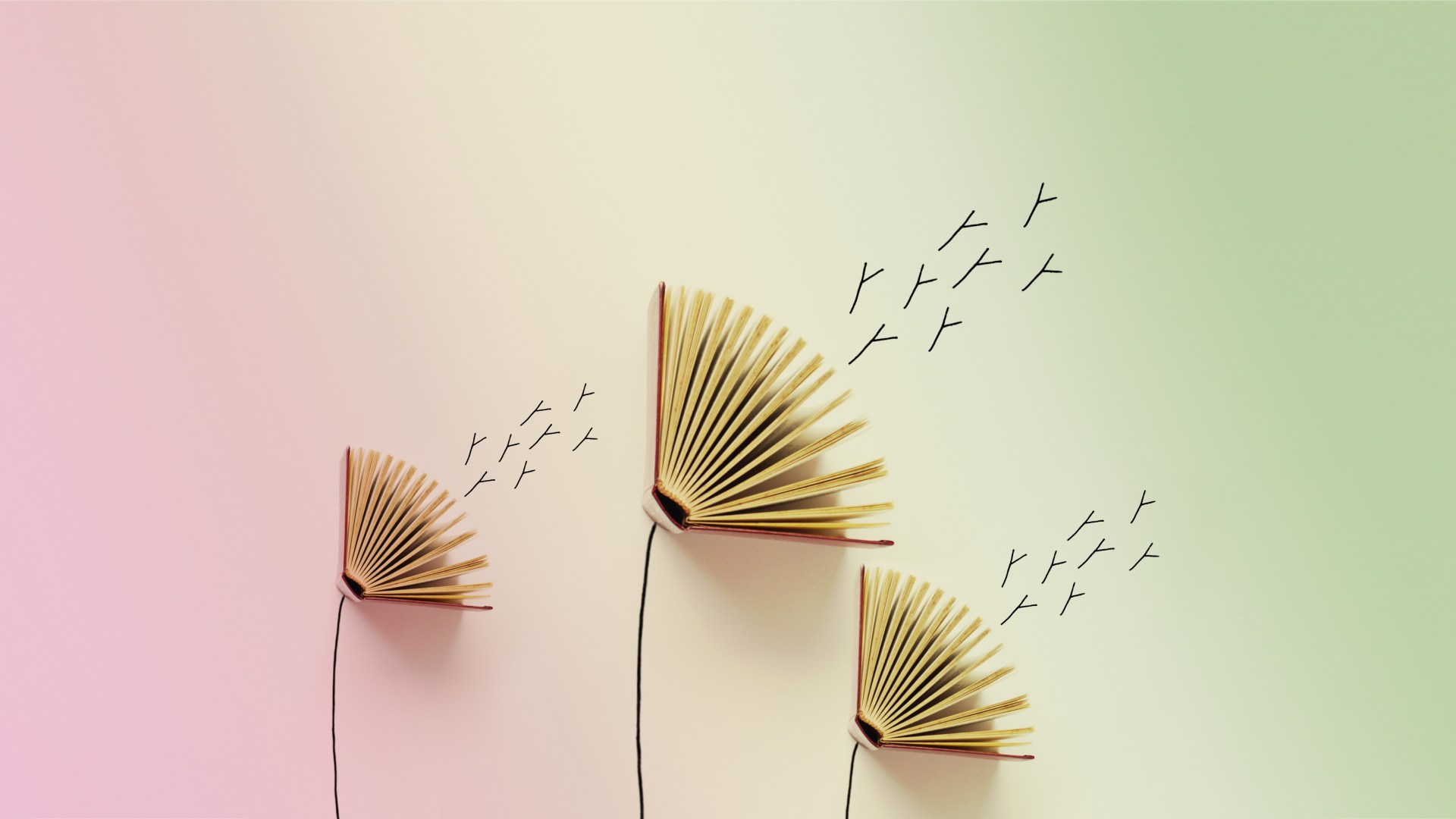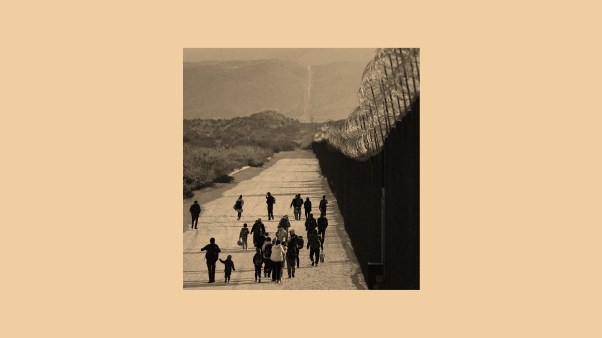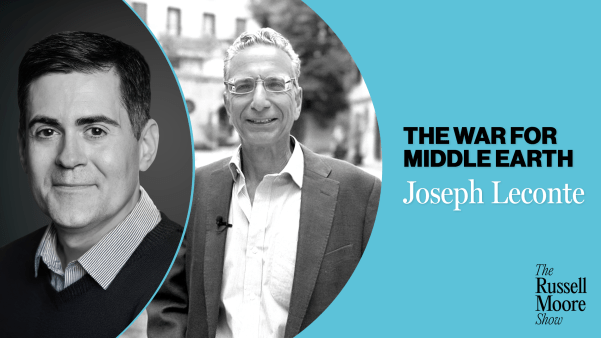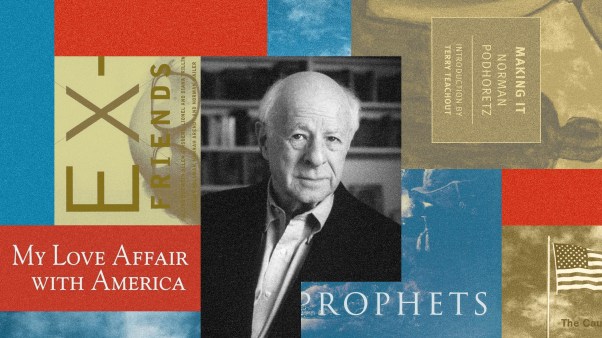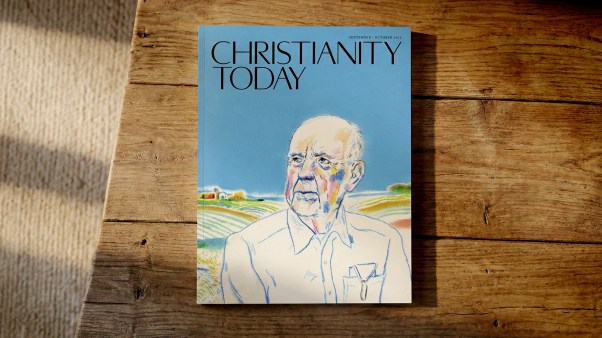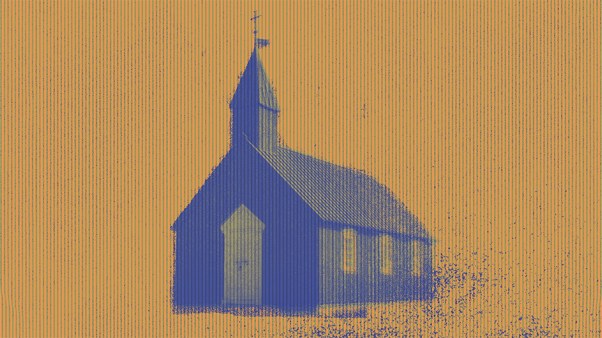Every reader has a teetering “TBR” (to be read) pile that either entices or intimidates, depending on the moment. Between the vast array of reading choices and the army of “bookstagrammers” and Goodreads members posting about their latest literary delicacy, the feeling of “so many books, so little time” presses in powerfully. As a resource for harried readers who want their reading to count, Sarah Clarkson, a writer and lifelong reader, offers Book Girl: A Journey through the Treasures and Transforming Power of a Reading Life.
Book Girl: A Journey through the Treasures and Transforming Power of a Reading Life
Tyndale Momentum
288 pages
$16.99
Packed with book lists in categories ranging from theology to children’s books to fantasy novels, Book Girl makes the case for reading as a pathway to delight, spiritual formation, and intellectual growth. Lorilee Craker, author of Anne of Green Gables, My Daughter, and Me: What My Favorite Book Taught Me about Grace, Belonging, and the Orphan in Us All, spoke with Clarkson about how she “set[s] a course of reading through an ocean of endless books.”
Let’s start at the beginning, with nursery rhymes and fairy tales. Many young parents today are avoiding these classic tales of grandmothers being eaten by wolves, on the grounds that they are too dark. What do you say?
There is so much confusion surrounding the question of how much a child should be exposed to. G. K. Chesterton said, “Fairy tales do not give the child his first idea of bogey. What fairy tales give the child is his first clear idea of the possible defeat of bogey. The baby has known the dragon intimately ever since he had an imagination. What the fairy tale provides for him is a St. George to kill the dragon.”
Children need to know dragons can be beaten. Fairy tales speak to our need to be saved by heroes and heroines. But children also need a strong grounding in goodness and light, so they can encounter what is beautiful and good and understand that they were created for goodness. These stories help form our moral imagination.
I agree with your claim that every woman of any age should read Anne of Green Gables—and most men as well. I recently met an 82-year-old woman who read it for the first time on the advice of her 90-year-old sister. Why do you think people stop reading books like Anne of Green Gables, Heidi, and Little Women when they get older? And what benefit is there in revisiting children's classics throughout one’s life?
It takes a master writer to do children’s literature well. Good children’s books are not childish—children already have the capacity to think deeply about goodness and badness. In writing to children, they are writing to the souls of all of us. C. S. Lewis said, “A children’s story that can only be enjoyed by children is not a good children’s story in the slightest,” and I agree. During my studies at Oxford University, I wrote about Winnie the Pooh and The Wind in the Willows. I was constantly floored by the commentary in Pooh on being wise. The Wind in the Willows is an exploration, on a child’s level, about home, identity, and how we root ourselves.
As adults, we can become very sarcastic. We lose our capacity for innocence. Reading children’s classics is a way to recapture goodness and innocence, refreshing our vision of the world.
There are different ways of looking at what makes a book “Christian.” Is it the absence of sex, coarse language, and violence, or is it the redemption of these things? Is a steady diet of, say, Amish romance novels really a Christian way to read?
The Bible has every kind of human depravity in it; it’s full of sex and violence. A book needs to be evaluated on what it communicates about frailty and fallenness, about choices, grace, and redemption. Is it honest about the consequences of our choices and how life really is? Is humanity reflected truthfully?
Take Anna Karenina by Leo Tolstoy. This novel, essentially about an affair, explores what it means to desire strongly. What happens when we only follow that desire and no others? This book is a far more Christian book than any romance novel. Most of our lives don’t have perfect, tied-up endings, so humanity is not necessarily portrayed accurately in those books.
We should look for books that get into what is true and ultimate in the human heart. Marilynne Robinson’s novels (Gilead or Lila, for instance) convey a lot of deep struggle and loss, and they are some of the most Christian books I’ve read.
Readers recently celebrated the centennial of Madeleine L’Engle, who would have turned 100 on November 29. What is the value of reading someone like L'Engle, who, as you put it, "strays at times from the bounds of orthodoxy?” What is the best way to be a discerning reader yet remain open to golden nuggets of truth?
It goes back to what makes a book Christian. If you are reading books that give you a grounding in orthodoxy, you will be more discerning as far as picking out that which is unorthodox.
I return to Madeleine L’Engle because of her capacity to see the beauty of the world—the goodness, richness, and splendor of Creation. I appreciate her insistence on love in A Wrinkle in Time. I love her questioning because it can be valuable to raise questions. Some of her books helped me re-engage with my faith by teaching me that doubting is part of being a Christian.
I started a book club once that was meant to only read classics, but "lighter" classics, such as Emily of New Moon, Jane Eyre, and Little Women. Half the women dropped out rather quickly, not wanting to spend precious reading time on classics. Do you think we are losing our capacity to read the classics? How can we incorporate them into our reading lives?
Books become classics because they have had a wide-ranging effect on shaping the surrounding culture; in other words, something in the pages has been found valuable by many people. There is great richness to be found in engaging with the classics. Your mind expands to think more deeply and richly about the world—and your own life. There is an element of formation to reading, the building of mental muscles of insight.
I am reluctant to push someone to read something hard—I believe in delight and joy in reading!—but when you do push yourself, you don’t have to do it alone. For example, while reading Dante’s Divine Comedy, I read it with a companion guide that includes footnotes—so helpful!
What does it mean for a reader to be "storyformed?” And which book characters have had that effect on you?
I believe that stories are the lifeblood of existence. Life itself is a story, told first by God in the epic of Scripture and echoed in every good book we read. A great book meets you in the narrative motion of your own life, showing you in vividly imagined ways exactly what it looks like to be evil or good, brave or cowardly, with each of those choices shaping the happy (or tragic) ending. Books teach us to take hold of ourselves—to be, in philosophical terms, agents, with the capacity to learn, dream, think, and shape the world around us.
Just a few of the many characters who have shaped me: Lila (in Marilynne Robinson’s book of the same name), Hannah in Wendell Berry’s Hannah Coulter, Aragorn and Frodo in Tolkien’s The Lord of the Rings, Lucy Pevensie in The Chronicles of Narnia, Anne of Green Gables (of course), Lucilla Eliot in Elizabeth Goudge’s Pilgrim’s Inn, Josip Lasta in Michael O’Brien’s Island of the World. I’d better stop now, huh?
C. S. Lewis has been quoted as saying, “We read to know we are not alone.” (The quote, in fact, comes from the film Shadowlands.) How have you found this to be true in lonely periods of your own life?
I write about the companionship of reading as one of the gifts I hope my new little daughter, Lilian, finds as I invite her into the reading life. In some of my loneliest moments, in times of crisis, when the landscape of my own mind and soul was fogged and dim with confusion, books kept me in hope. I would open an old novel in the evening when my heart and mind were exhausted, and the worlds they made (and the people they presented) were a refuge to me. Wendell Berry’s Port William. The Eliot family and their home of Damerosehay in Elizabeth Goudge’s Pilgrim’s Inn. The artistic grit of Thea in Willa Cather’s Song of the Lark. Henri Nouwen’s story of God’s mercy traced through his contemplations on Rembrandt’s painting, The Return of the Prodigal Son.
Those books sheltered me. When I was blinded by doubt, I journeyed on by the vibrant light of their created worlds. I sheltered within their scenes, stood beside their characters, and then stood back on my own two feet.

